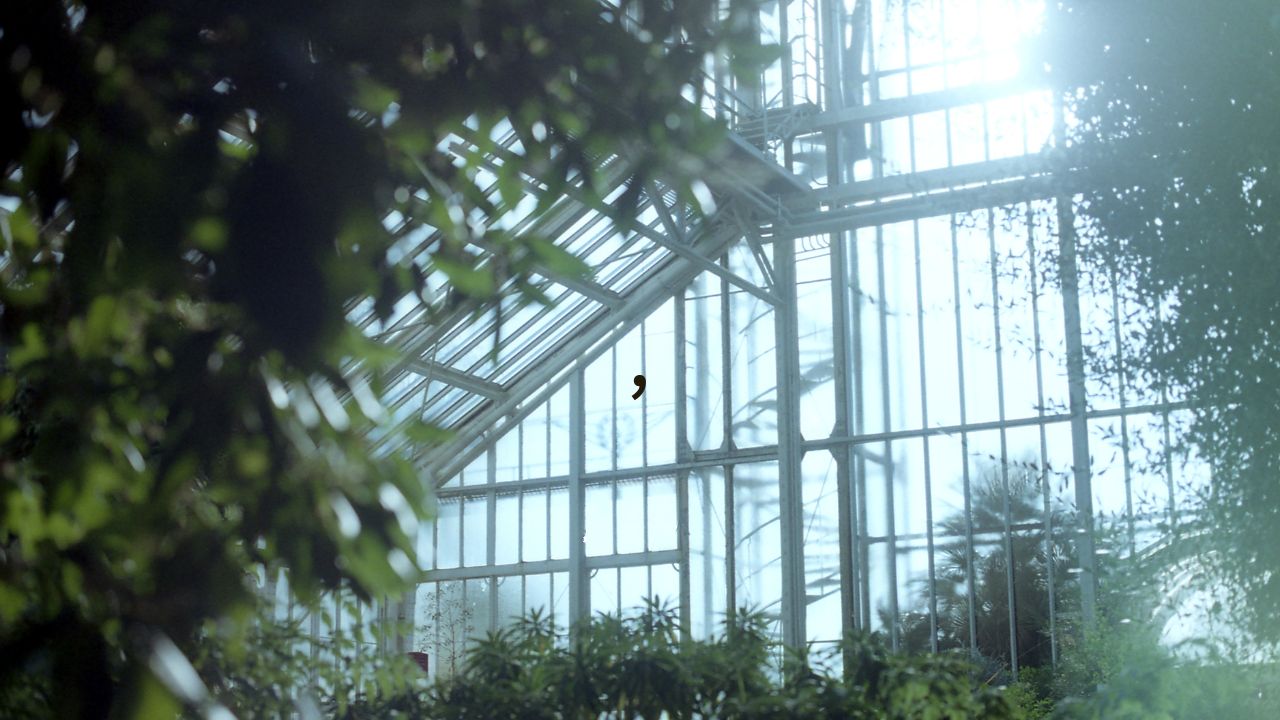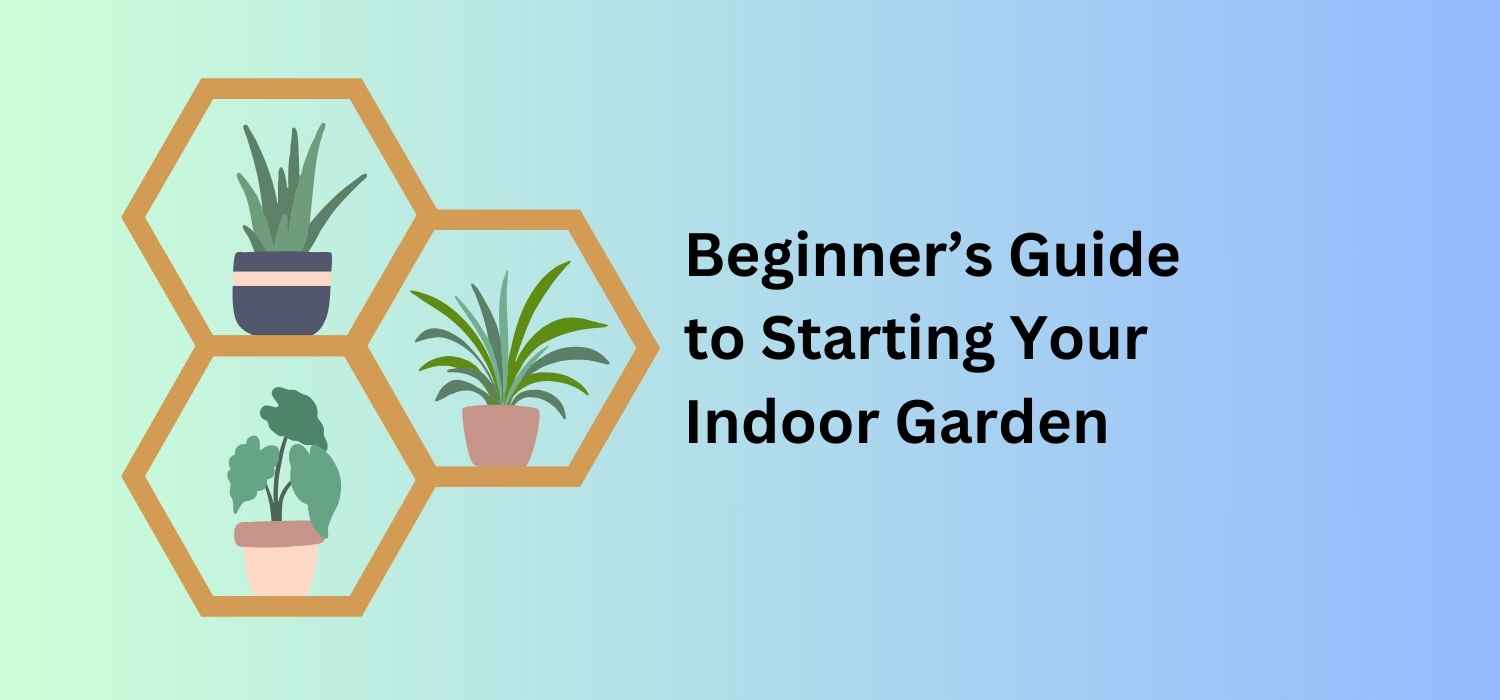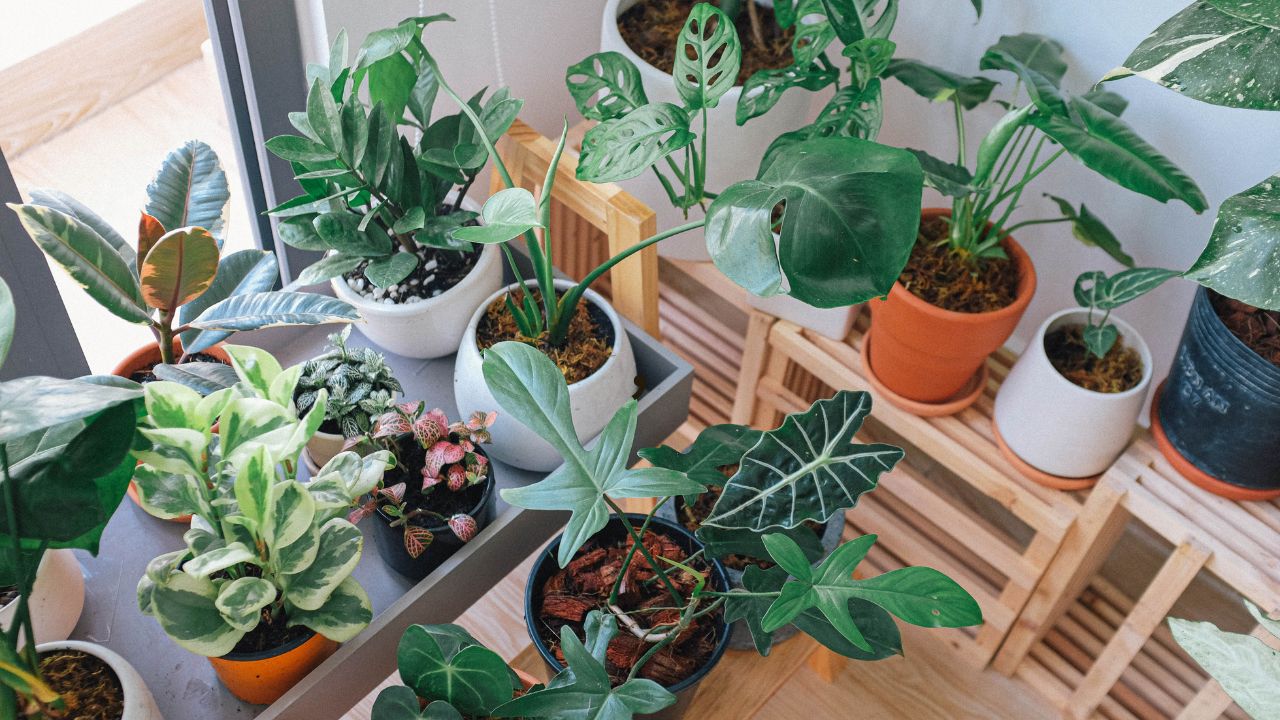Fertilizing indoor garden plants is essential to ensure their healthy growth, vibrant foliage, and strong root development. Since indoor plants have limited access to nutrients compared to outdoor plants, regular fertilization is necessary to provide them with the essential nutrients they might be missing.
In this guide, we’ll cover everything you need to know about fertilizing indoor garden plants, from understanding the different types of fertilizers to how and when to apply them.
1. Understand the Nutrient Needs of Indoor Plants
Overview: Like all plants, indoor plants need three primary nutrients to thrive: nitrogen (N), phosphorus (P), and potassium (K). These nutrients are crucial for growth, root development, and overall plant health.
Why It Matters: Providing the correct balance of nutrients ensures that your plants grow strong, produce vibrant leaves, and are less susceptible to diseases.
- Nitrogen (N): Promotes leafy growth.
- Phosphorus (P): Helps with root development and flowering.
- Potassium (K): Supports overall plant health and disease resistance.
2. Choose the Right Fertilizer
Overview: Fertilizers come in various types, such as liquid, granular, and slow-release. Additionally, they can be organic or synthetic. Choosing the right fertilizer for your indoor plants is important based on their specific needs and your preferences.
Why It Matters: Selecting the appropriate fertilizer ensures that your plants receive the nutrients they need without over-fertilizing, which can cause damage.
Types of Fertilizers:
- Liquid Fertilizers: Easy to apply and quickly absorbed by the plant. Ideal for plants that need frequent feeding.
- Granular Fertilizers: Slow-release and often used for long-term feeding. Suitable for indoor plants that require a steady supply of nutrients.
- Slow-Release Fertilizers: Provide nutrients over time, reducing the frequency of fertilizing.
- Organic Fertilizers: Derived from natural sources like compost or fish emulsion and are environmentally friendly.
- Synthetic Fertilizers: Man-made fertilizers that provide precise nutrient concentrations.
3. Read the Fertilizer Label and Dilute Accordingly
Overview: When using fertilizer, it’s important to read the label to determine the correct dilution ratio. Indoor plants typically require weaker fertilizer solutions than outdoor plants, so over-fertilizing should be avoided.
Why It Matters: Over-fertilizing can lead to nutrient burn, causing damage to your plant’s roots and leaves. Diluting the fertilizer properly ensures your plants receive the right amount of nutrients without harm.
Fertilizer Dilution Tips:
- Follow the instructions on the label for the proper dilution ratio.
- If in doubt, dilute the fertilizer to half the recommended strength, especially for young or sensitive plants.
- Use a watering can or spray bottle to evenly distribute the diluted fertilizer.
4. Know When to Fertilize Indoor Plants
Overview: The timing of fertilizer application plays a key role in your plant’s growth. Most indoor plants have periods of active growth and dormancy, and fertilizing should be aligned with these cycles.
Why It Matters: Fertilizing during the active growth phase will provide your plants with the necessary nutrients to support new growth, while fertilizing during dormancy can stress your plants.
Fertilizing Frequency:
- During Active Growth (Spring/Summer): Fertilize your plants every 2–4 weeks, depending on their specific needs.
- During Dormancy (Fall/Winter): Reduce or stop fertilizing, as most plants don’t need extra nutrients when they are not actively growing.
5. Monitor for Signs of Nutrient Deficiency
Overview: Your indoor plants will show signs if they are lacking certain nutrients. Learning to recognize these signs will help you adjust your fertilizing routine to meet their needs.
Why It Matters: Addressing nutrient deficiencies early on prevents stunted growth, yellowing leaves, and weak stems, ensuring your plants stay healthy.
Signs of Nutrient Deficiency:
- Nitrogen Deficiency: Yellowing leaves, especially the older ones.
- Phosphorus Deficiency: Darker green leaves with possible purple tints and poor flowering.
- Potassium Deficiency: Brown edges on leaves and weak stems.
If you notice these signs, consider adjusting the type or frequency of fertilizer you’re using.
6. Apply Fertilizer Correctly
Overview: The method of fertilizer application can impact how well your plants absorb nutrients. Whether you’re using liquid, granular, or slow-release fertilizers, it’s important to apply them correctly to avoid damaging your plants.
Why It Matters: Proper application ensures that the fertilizer reaches the roots and is absorbed efficiently without causing nutrient burn.
Fertilizer Application Tips:
- Liquid Fertilizers: Water your plants with the diluted fertilizer, ensuring the soil is moist to avoid root burn.
- Granular Fertilizers: Sprinkle the granules evenly over the soil surface and lightly water to help them break down and reach the roots.
- Slow-Release Fertilizers: Follow the package instructions for how much to apply. These usually need to be applied less frequently than other types of fertilizers.
7. Water Plants Before Fertilizing
Overview: Always water your plants before applying fertilizer, especially when using liquid or granular types. Dry soil can cause fertilizer to concentrate around the roots, leading to fertilizer burn.
Why It Matters: Moist soil helps distribute the nutrients evenly, preventing root burn and ensuring your plants get the most out of the fertilizer.
Watering Tip: Wait until the soil is moist but not waterlogged before applying the fertilizer.
8. Avoid Over-Fertilizing Your Indoor Plants
Overview: Over-fertilizing is a common mistake among indoor gardeners. Applying too much fertilizer can lead to nutrient build-up in the soil, which can harm your plants.
Why It Matters: Excess fertilizer can cause root damage, yellowing leaves, and slowed growth. In severe cases, over-fertilization can kill your plant.
How to Avoid Over-Fertilizing:
- Stick to the recommended fertilizing schedule and dilution ratio.
- Flush the soil with water every few months to remove excess salts and nutrients.
- Skip fertilizing during the plant’s dormant periods.
9. Use Organic Fertilizers for a Natural Approach
Overview: If you prefer a more natural approach to fertilizing, organic fertilizers can be a great option. These fertilizers release nutrients slowly and improve soil structure over time.
Why It Matters: Organic fertilizers are gentler on plants and the environment, making them ideal for gardeners who want to avoid synthetic chemicals.
Popular Organic Fertilizers:
- Compost Tea: Rich in beneficial microorganisms and nutrients.
- Worm Castings: Provide slow-release nutrients and improve soil texture.
- Fish Emulsion: A nitrogen-rich fertilizer that promotes lush green growth.
Conclusion
Fertilizing your indoor garden plants is essential for their growth, health, and vitality. By choosing the right type of fertilizer, applying it at the correct time, and monitoring your plants’ nutrient needs, you can create an optimal environment for your indoor garden to thrive. Regular fertilization, paired with good watering and care practices, will keep your indoor plants healthy and vibrant.
FAQ
1. How often should I fertilize my indoor plants?
During the active growing season (spring and summer), fertilize every 2–4 weeks. In fall and winter, reduce or stop fertilizing depending on the plant’s dormancy.
2. What type of fertilizer is best for indoor plants?
It depends on the plant’s needs. Liquid fertilizers are easy to apply, while slow-release fertilizers provide long-term nutrient supply. Organic fertilizers are a natural option for eco-friendly gardeners.
3. Can I use outdoor plant fertilizers for indoor plants?
Yes, but make sure to dilute them to half strength, as indoor plants require less concentrated nutrients than outdoor plants.
4. How can I tell if I’ve over-fertilized my plants?
Signs of over-fertilization include yellowing leaves, brown leaf edges, stunted growth, and salt buildup on the soil surface.
5. What should I do if I’ve over-fertilized my indoor plants?
Flush the soil with plenty of water to remove excess salts and nutrients. Trim off any damaged leaves and adjust your fertilizing schedule going forward


